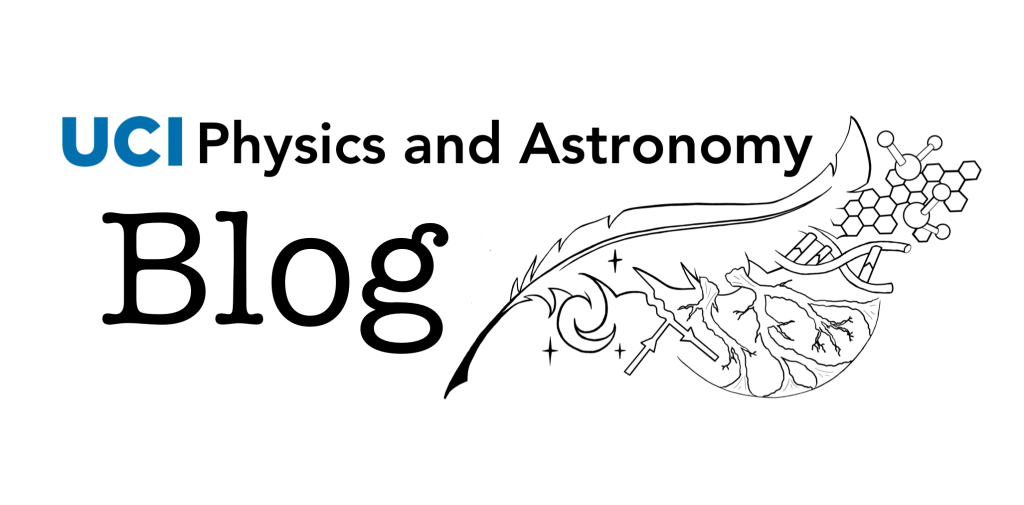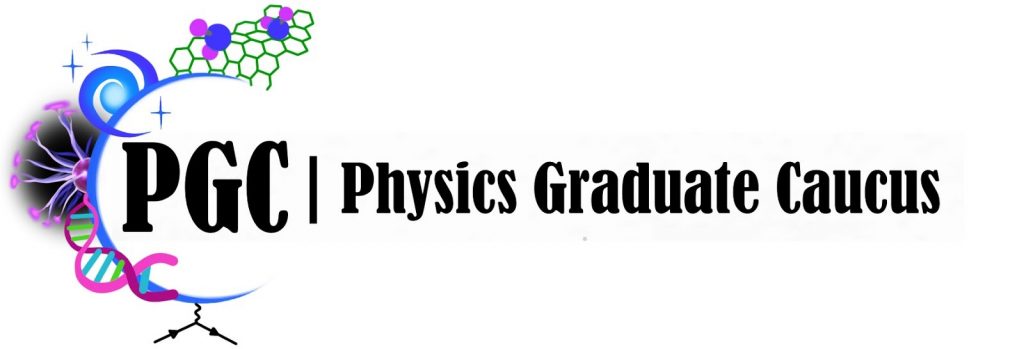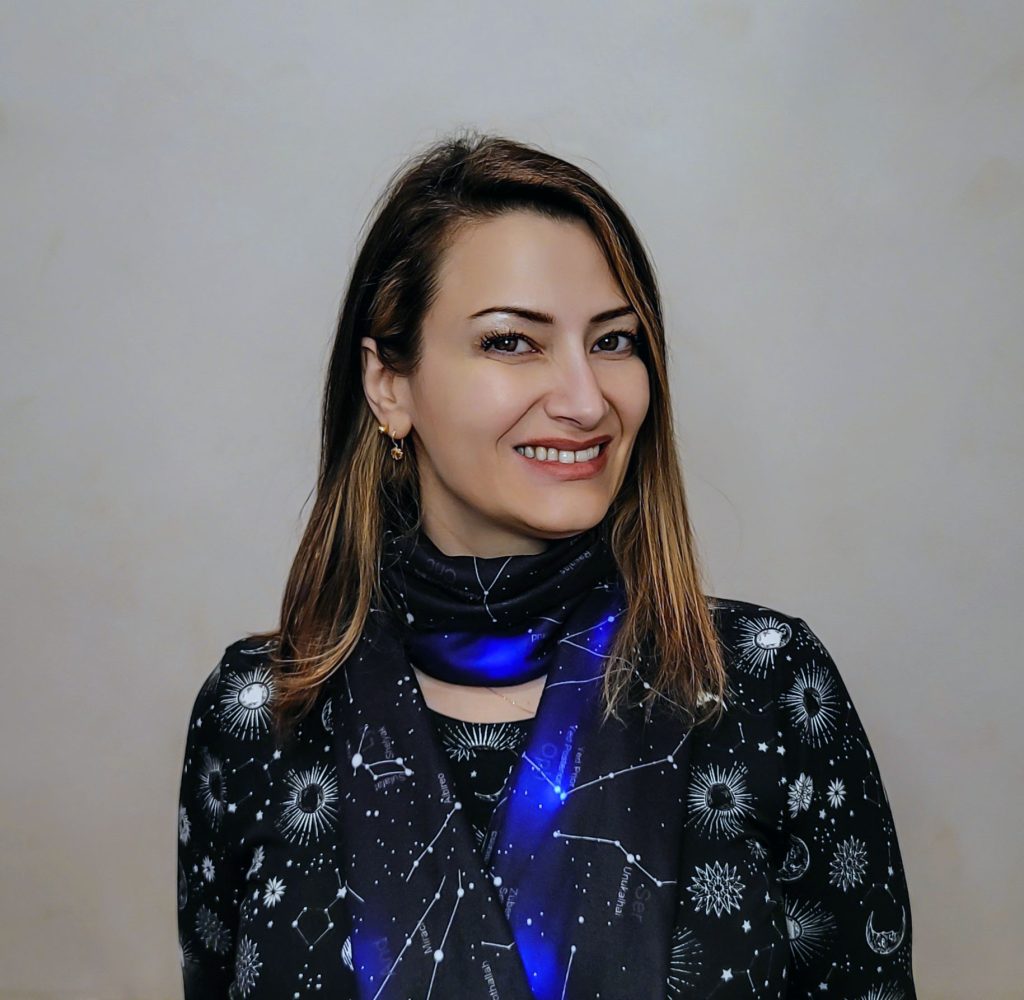Sophia Gad-Nasr is a 6th year Ph.D. student studying cosmology and astroparticle physics. Sophia was recently awarded the Zuckerman Postdoctoral Fellowship, and will be doing a postdoc at Technion in Israel. She is an avid science communicator, teaching thousands of people about the Universe. Throughout her academic career, she has been dedicated to outreach from live public talks to social media videos. Sophia says she wants to show others a side of the Universe they never saw or knew; to share her love for the Universe and bolster the same yearning in others that she has to find out more about it.
Sophia’s research efforts aim to study dark matter using both cosmology and astroparticle physics. Cosmology is one of the most fascinating fields to Sophia. She describes cosmology as the way we can learn about how stuff in the Universe was formed, how much of it there is, and how the Universe may end. Much of her research is geared toward unveiling dark matter, which makes up 85% of the Universe’s matter content, but is invisible and untouchable. Sophia says she can learn how much of this stuff there is in the Universe through astroparticle physics. She uses simulated universes in which she can track a galaxy from its formation until today to study the dark matter evolution in these galaxies. Sophia says her goals are to continue doing research during her postdoc, with the hopes of becoming a professor in the field. Particularly, she would like her future to converge with a position at NASA in a joint position at a partnering institution.
Sophia began to participate in science communication during undergrad at York University. She first started working at the observatory on campus by leading public viewings and helping with private tours. Sophia enjoyed this experience so much that she began to take to social media to share more about the Universe. Sophia now often posts Twitter threads about cool space topics and writes blog posts on her personal blog. Recently, she has begun creating videos on TikTok and Instagram. You can find Sophia’s pages on TikTok, Instagram, Twitter, and Facebook as @Astropartigirl.
These efforts have led to many different opportunities for Sophia. Her first big opportunity was covering the New Horizons mission that swung by Pluto in 2015. She wrote articles on each development of the mission for the app Pluto Safari. Through this opportunity, she was given the opportunity to write an article about Pluto on Space.com. She also worked to process images of Saturn taken by Cassini during its “Grand Finale” (the plunge into Saturn’s atmosphere to prevent the spacecraft from slamming into and contaminating one of its moons). Her work on twitter also led to becoming the science advisor for the show “12 Monkeys”, after the showrunner saw her account and reached out. She says that her work on this particular project was truly a great experience. Sophia got to meet some of the cast and got to see her work up on the boards in the show. It even led to someone from Inverse.com meeting Sophia for a video talking about some of Stephen Hawking’s work that was used on the show.
Sophia says what she enjoys most about science communication are the moments when something she shares gives someone the same awe and wonder she felt when she first learned it. She finds the hardest part is finding ways to explain things without throwing in technical jargon. When asked about getting into science communication, Sophia highly recommended to get on social media and follow people who are in the field you are interested in as a science communicator. Interact with these people, and watch how they communicate their science. Secondly, she advises to dive in by writing a twitter thread or recording a TikTok about something you want to talk about. Sophia says that it may not gain traction at first, but consistency is how people will see your posts and that eventually you’ll find the right formula for yourself.
Outside of work and outreach efforts, Sophia enjoys spending time with her hamster friend named Muini (after the subatomic particle muon), expanding her habitat with tiny furniture and having her go on a hunt for seeds in her home. For work-life balance Sophia finds that working early during the day allows her to have the evenings to spend doing whatever she likes, including catching up on TV shows she enjoys.


